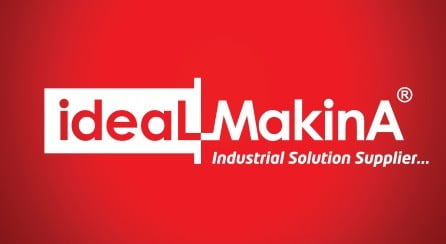Nitrogen gas, which will be preferred instead of oxygen gas in the tire, has many benefits. Nitrogen gas does not produce moisture like normal air in the tire. In this way, corrosion does not occur in the tire and rim. During the nitrogen filling of the tire, the oxygen gas contained in the tire is completely discharged and nitrogen gas is pressed first. After this process, a little oxygen will remain in the tire. The tires are filled with 100% nitrogen gas when the fill and discharge operation is done for the second time.
Long Tire Life
Nitrogen gas used in the tire provides a long-lasting tire life. When nitrogen gas is added to the tires, preventing the formation of moisture prolongs the life of the steel belts, strands, rim and valves inside the tire.
Fuel Saving
Inflating tires with nitrogen extends tire life by 30-35%. This gas also saves approximately 2% fuel. Nitrogen is an important detail for safety and long-term tire use.
As nitrogen does not carry water molecules, it never causes rust inside the tire. Since it has a chemically inert structure, it does not react directly with the tire. In this way, the inner structure of the tire is protected.
In tire wear lives of heavy vehicles, the negative effects of oxygen and water vapor in air filled tires are clearly seen in electron microscopic examinations. In trials with 54 trucks under the same road and loading conditions, it was observed that the 33 trucks filled with nitrogen provided 48% more tire life increase compared to 21 trucks filled with conventional air.






